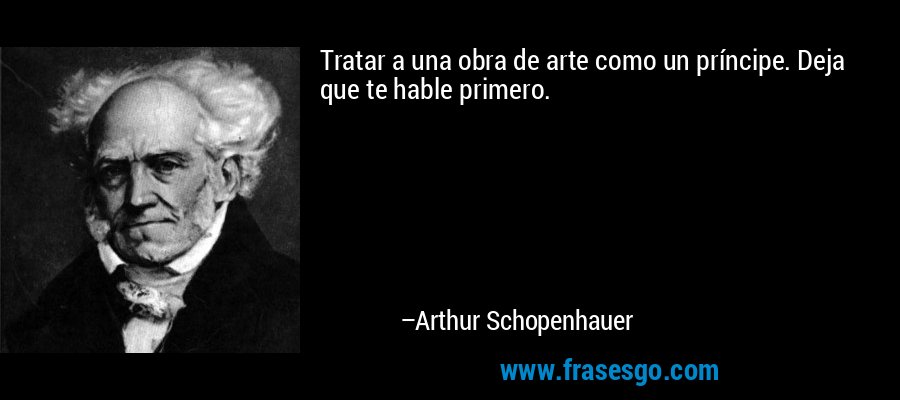Registrado: 05 Oct 2005 20:42
Mensajes: 2902
|
 Stephen Cuthbert Vivian Dodgson (1924-2013) He was born in Chelsea, London in 1924, the third child of John Arthur Dodgson, who was a symbolist painter and nephew of Campbell Dodgson, and his wife, who was born Margaret Valentine Pease and also an artist. He was distant cousin of Lewis Carroll. He was educated at Berkhamsted School in Hertfordshire and at Stowe School in Buckinghamshire. In 1942, he was conscripted into the Royal Navy and took part in anti-submarine warfare escorting convoys in the Battle of the Atlantic. On returning to London, he studied composition privately for a year with Bernard Stevens before enrolling at the Royal College of Music in 1946, officially to study the horn (under Frank Probyn), but in practice he was able to focus on composition under the guidance of R. O. Morris, Patrick Hadley and Antony Hopkins. While Morris instilled an interest in counterpoint and music from past centuries, such as that of the madrigalist Thomas Morley, Hadley and Hopkins provided more practical tuition. Dodgson's early compositions won several prizes, including the Cobbett Memorial Prize for a Fantasy String Quartet (1948) and two Royal Philharmonic Society prizes: for his Variations for Orchestra (1949) and the Symphony in E Flat (1953). In 1949, he also won an Octavia travelling scholarship, which sent him to Rome. After returning to London in the spring of 1950, his music increasingly attracted performances and broadcasts by prominent players (including flautist Geoffrey Gilbert, oboist Evelyn Barbirolli, harpist Maria Korchinska, violinist Neville Marriner, violist Watson Forbes, the Philip Jones Brass Ensemble), and conductors such as Leslie Woodgate, Paul Steinitz and the composer Gerald Finzi. After initially making a living with teaching work in schools and colleges, in 1956 Dodgson was able to return to the Royal College of Music in a teaching capacity (where he also conducted the junior orchestra). In 1965 he was appointed professor of composition and music theory, a post he held until his retirement in 1982. Stephen Cuthbert Vivian Dodgson (1924-2013) He was born in Chelsea, London in 1924, the third child of John Arthur Dodgson, who was a symbolist painter and nephew of Campbell Dodgson, and his wife, who was born Margaret Valentine Pease and also an artist. He was distant cousin of Lewis Carroll. He was educated at Berkhamsted School in Hertfordshire and at Stowe School in Buckinghamshire. In 1942, he was conscripted into the Royal Navy and took part in anti-submarine warfare escorting convoys in the Battle of the Atlantic. On returning to London, he studied composition privately for a year with Bernard Stevens before enrolling at the Royal College of Music in 1946, officially to study the horn (under Frank Probyn), but in practice he was able to focus on composition under the guidance of R. O. Morris, Patrick Hadley and Antony Hopkins. While Morris instilled an interest in counterpoint and music from past centuries, such as that of the madrigalist Thomas Morley, Hadley and Hopkins provided more practical tuition. Dodgson's early compositions won several prizes, including the Cobbett Memorial Prize for a Fantasy String Quartet (1948) and two Royal Philharmonic Society prizes: for his Variations for Orchestra (1949) and the Symphony in E Flat (1953). In 1949, he also won an Octavia travelling scholarship, which sent him to Rome. After returning to London in the spring of 1950, his music increasingly attracted performances and broadcasts by prominent players (including flautist Geoffrey Gilbert, oboist Evelyn Barbirolli, harpist Maria Korchinska, violinist Neville Marriner, violist Watson Forbes, the Philip Jones Brass Ensemble), and conductors such as Leslie Woodgate, Paul Steinitz and the composer Gerald Finzi. After initially making a living with teaching work in schools and colleges, in 1956 Dodgson was able to return to the Royal College of Music in a teaching capacity (where he also conducted the junior orchestra). In 1965 he was appointed professor of composition and music theory, a post he held until his retirement in 1982.
Two of the instruments which held special places in Dodgson's were the guitar and the harpsichord. His introduction to harpsichord writing came through one of the instrument's first twentieth-century exponents, the Czech player and musicologist, Stanislav Heller. In 1959, four years after writing his first pieces for the instrument he married Jane Clark, herself a harpsichordist and an authority on François Couperin. His wife fostered an increasing fascination with early and Baroque music. He first came to write for the guitar—an instrument with which Dodgson is perhaps especially associated—in the early 1950s when Alexis Chesnakov, a Russian actor exiled in Britain, requested some folksong settings. Although Dodgson lacked any practical knowledge of the instrument, by the time of his Guitar Concerto No 1, completed in 1956, he had come to write for it idiomatically. This concerto was written for Julian Bream, but in his absence it was premiered by a 17-year-old John Williams (with the Royal Philharmonic Orchestra conducted by Walter Goehr), for whom he later wrote the Guitar Concerto No 2 (1972). From 1957 onwards, he broadcast regularly on BBC Radio and wrote the music for many radio plays, often (from 1961 onwards) in friendly collaboration with the producer Raymond Raikes. In 1986 he became chairman of the National Youth Wind Orchestra of Great Britain, for which he wrote several pieces. Recorder player John Turner remembers him as "Enthusiastic, ebullient and quick-witted... extremely voluble, with a strong, distinctive voice, an ever-present smile, much old-world courtesy, and an idiosyncratic gait." Stephen Dodgson died on 13 April 2013, aged 89. He is said to have remained remarkably active until the last few months of his life.
Wikipedia
Margaret Catchpole, ópera de cámara en cuatro actos (1979). Fragmento.

_________________

|
|



